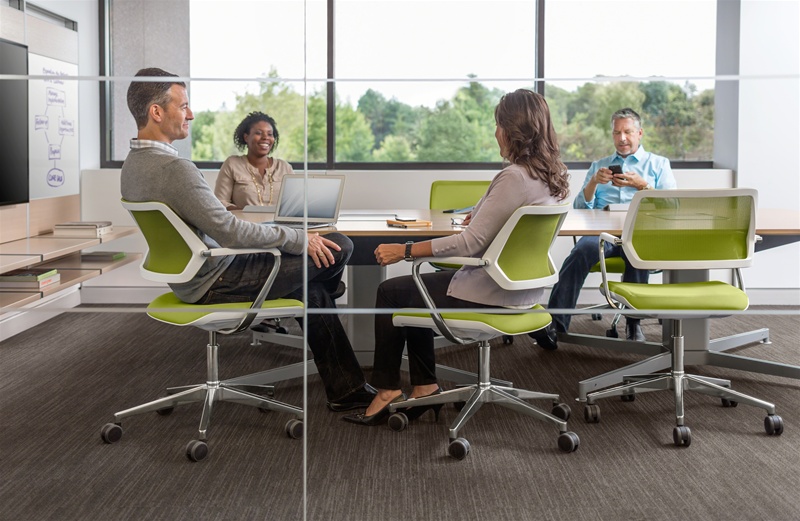 Fast company recently had an interesting two-part article on the pros & cons of the open office. The first article, written by closed office proponent Jason Feifer, makes a case for everybody to have private offices.
Fast company recently had an interesting two-part article on the pros & cons of the open office. The first article, written by closed office proponent Jason Feifer, makes a case for everybody to have private offices.
“Offices for the junior associate and the assistant editor, and offices for the vice president and the editor-in-chief. Take those long tables, the ones currently lined with laptops at startups, and give them to an elementary school so children can eat lunch on them.”
He cites the near constant interruptions and too high a price to pay for the serendipitous exchange of ideas and knowledge (He is very disdainful of “serendipity”, by the way)
The second article from Anjali Mullany takes a more nuanced view, suggesting the ideal isn’t open vs. closed, but that a variety of spaces is best.
“Almost every open office proponent I spoke to pointed to the importance of diverse spaces in a workplace. Noise, interruptions, and lack of privacy are definitely a problem in open workspaces, and not everyone in an office works the same way or does the same work–which is why giving workers many options in a space is key to open office success. The workplace experts at Steelcase refer to this as creating a “palette of place.”
It is a great discussion and an enjoyable pair of articles about the contemporary workplace.

